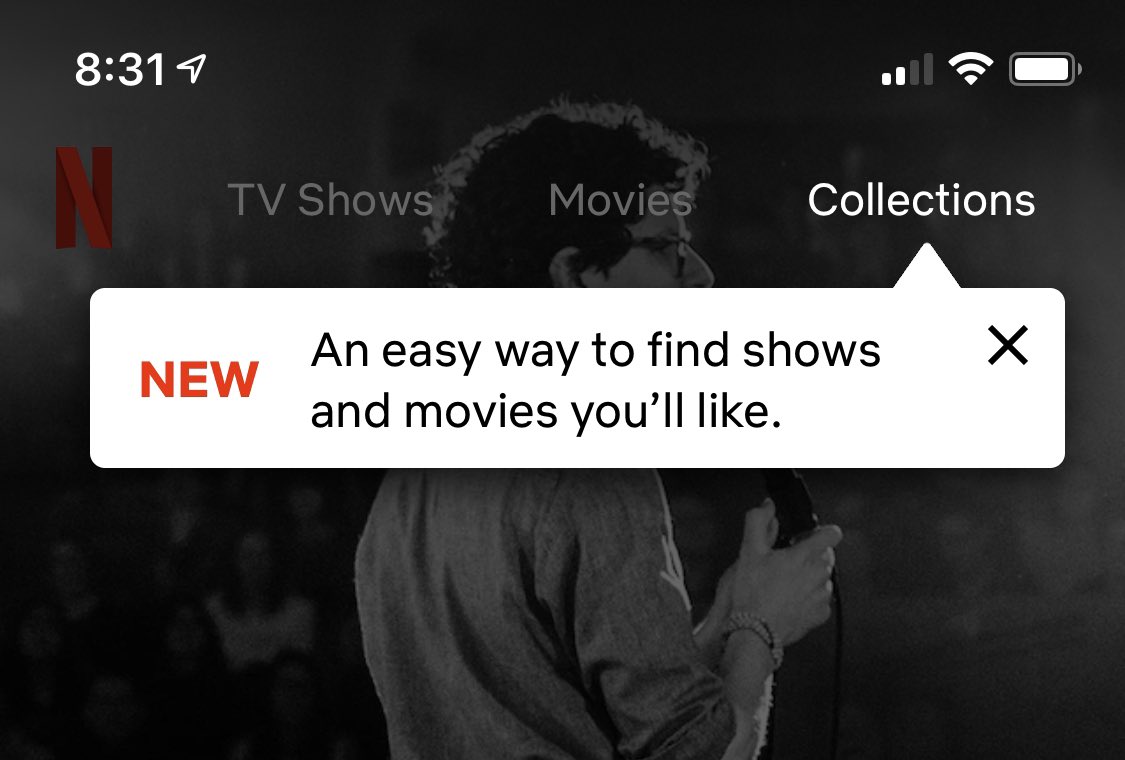Ben Yennie posts on Guerrilla Rep Media How and Why to Test Screen Your Independent Film and lists five main things that work:
- “Invite people who aren’t filmmakers.
- Give out printed comment cards/sheets at the close of the event.
- Ask the viewers to rate the film on IMDb & give them the ability to at the screening.
- Capture emails to let the beta viewers know when the film comes out.
- Consider inviting local press.”
Your film should be close to picture lock and the test screening invitees should be strangers representative of your target audience.
The survey you hand out to every single viewer must be printed on paper and ask for their demographics (but not their name) as well as answers to specific feedback questions.
Ben suggests you ask the test screening audience to rate your film on IMDb after completing the paper questionnaire and before the Q&A.
He also suggests you collect their email addresses so you can contact them with news about your film in the future.
Finally, he suggests you invite local press to your test screening to start creating a buzz for your project.
John August has suggestions for your questionnaire.
Don’t want to organize all this? These folks will hold your test screening online — all for $10,000 and up.
My take: this is all good advice. The test screening vlog by Darious above is great too. I must admit I have never heard of asking your test screening audience to rate your film on IMDb before it has been released. The main takeaway from all this is that you don’t want your premiere to be a de facto test screening because it will then be too late to incorporate anything you learn into the finished film. Well, you can, but it will just be much more expensive to make any changes at that point.




